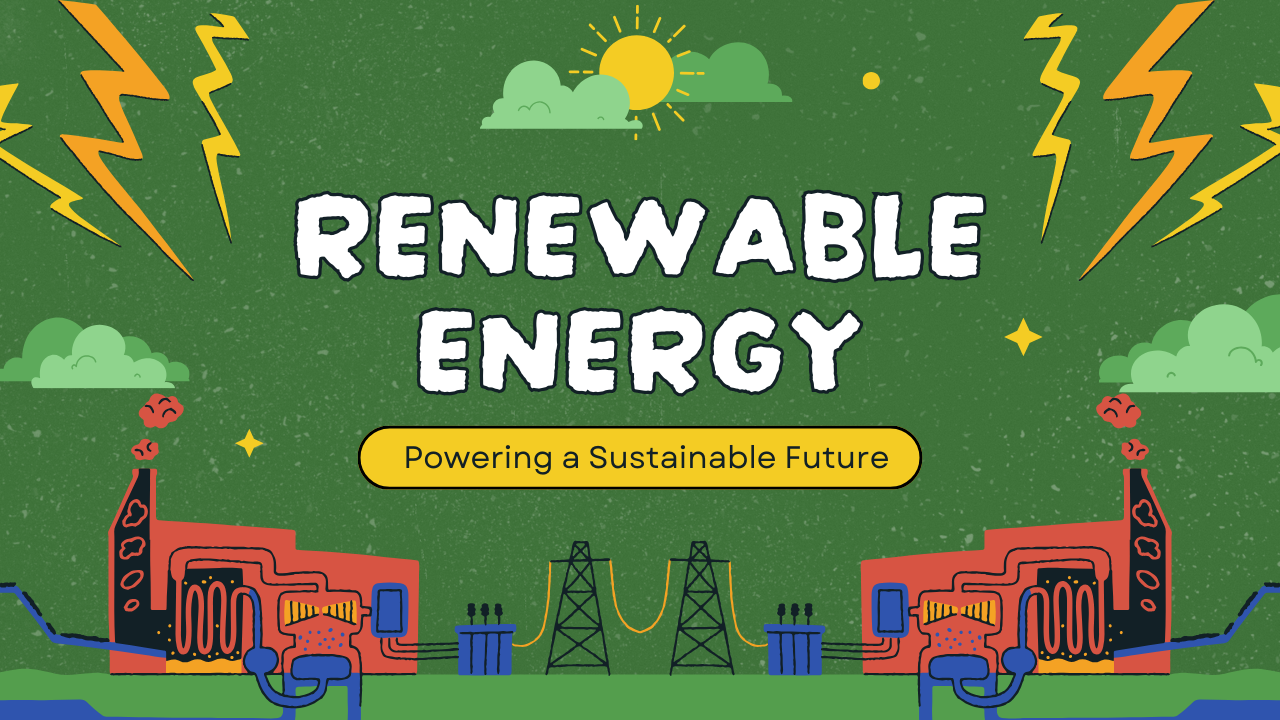
Madhya Pradesh's Giant Floating Solar Plant
India's Ambitious Leap: The Omkareshwar Floating Solar Super-Project
In the heart of India, the state of Madhya Pradesh is making waves in the global renewable energy sector with a project of breathtaking scale and ingenuity. On the vast expanse of the Omkareshwar Dam reservoir, built on the sacred Narmada River, one of the world's largest floating solar power plants is taking shape. With a planned total capacity of 600 megawatts (MW), this colossal undertaking is not just a power plant; it is a bold statement about India's commitment to a clean energy future and a pioneering example of sustainable development in action.
The Omkareshwar Floating Solar Park, once fully completed, will be a landmark achievement, transforming a 12-square-kilometer stretch of water into a powerhouse of green electricity. This project moves beyond the conventional land-based solar farm, embracing an innovative approach known as "floatovoltaics" to generate massive amounts of power while simultaneously conserving precious land and water resources. As the initial phases of this mega-project come online, they signal a new era for renewable energy in India, setting global benchmarks in engineering, scale, and environmental synergy.
A Phased Approach to a Gigantic Vision
Executing a project of this magnitude requires meticulous planning and a phased implementation strategy. The development of the 600 MW park is being managed by Rewa Ultra Mega Solar Limited (RUMSL), a joint venture dedicated to advancing solar power in the state. The construction is divided into multiple phases, allowing for careful management and gradual scaling.
The first phase involves the development of 278 MW of capacity, with contracts awarded to several leading energy companies :
SJVN Green Energy Limited (SGEL): This public sector undertaking successfully commissioned its 90 MW floating solar project in August 2024. This initial plant alone is one of the largest of its kind in Central and North India, developed at a cost of ₹646.20 crores.
AMP Energy: This developer signed a power purchase agreement for a 100 MW portion of the project.
Tata Power Renewable Energy Limited (TPREL): A subsidiary of Tata Power commissioned a 126 MW section, another one of India's largest floating solar installations, showcasing advanced bifacial module technology.
NHDC Limited: Has been allocated 88 MW to develop.
The commissioning of these initial plants marks a significant milestone, demonstrating the viability and effectiveness of large-scale floating solar technology. The power generated is being fed into the state grid, with the Madhya Pradesh Power Management Company Limited purchasing the electricity under long-term agreements at competitive tariffs, such as the ₹3.26 per unit rate secured for the SJVN project.
The "Floatovoltaics" Advantage: More Than Just Clean Energy
Why build a solar farm on water? The decision to embrace floating solar technology at Omkareshwar is strategic, offering a suite of benefits that traditional land-based solar farms cannot match.
Land Conservation: In a densely populated country like India, large tracts of land are a valuable and often scarce commodity. By utilizing the surface of the reservoir, the project avoids the need to acquire vast areas of agricultural or ecologically sensitive land.
Water Conservation: The solar panels floating on the surface act as a giant shade, significantly reducing the rate of water evaporation from the reservoir. The Tata Power project alone is estimated to conserve an incredible 32.5 million cubic meters of water annually. This is a critical co-benefit, especially for a dam whose primary purpose is irrigation and hydropower.
Enhanced Efficiency: Solar panels perform better at cooler temperatures. The water body provides a natural cooling effect for the underside of the panels, which can increase their energy conversion efficiency and overall power output. It's projected that the Omkareshwar plant will generate about 23% power against its installed capacity, higher than the 21% average for land-based solar stations.
Engineering Marvels on Water
Building a massive power plant that floats on a dynamic body of water presents immense engineering challenges. The success of the Omkareshwar project is a testament to the cutting-edge solutions deployed to overcome these obstacles. The dam's water levels can fluctuate significantly, and the structure must be able to withstand high wind speeds and wave action.
Key engineering innovations include:
Advanced Mooring Systems: Robust and flexible mooring and anchoring systems have been designed to keep the floating platforms stable and secure, regardless of changes in water depth.
Wave Breaker Systems: To protect the solar arrays from damage caused by waves, specialized wave breaker systems have been implemented.
The World's Largest Inverter Platform: The project hosts the world’s largest Inverter Floating Platform (IFP), a significant milestone in floating solar technology that centralizes the power conversion process on the water itself.
Careful Phased Construction: Engineers collaborated closely with dam authorities to ensure that the construction activities did not disrupt the dam's core functions of irrigation and hydroelectric power generation.
A Blueprint for a Sustainable Future
The Omkareshwar Floating Solar Project is far more than an infrastructure project; it is a powerful symbol of a sustainable future. When fully operational, it will not only provide clean, reliable power to thousands of homes and businesses but will also deliver significant environmental benefits. The initial 90 MW SJVN plant alone is expected to reduce carbon emissions by 230,000 tons annually, contributing directly to India’s ambitious goal of achieving net-zero emissions by 2070.
By demonstrating that large-scale renewable energy generation can be successfully integrated with vital water resources, the Omkareshwar project serves as a global blueprint. It showcases how technological innovation can address environmental challenges and turn them into opportunities for sustainable growth. As the remaining phases of this floating giant are completed, it will solidify India's position as a leader on the world's renewable energy stage, proving that the future of power can be clean, efficient, and beautifully in sync with nature.












